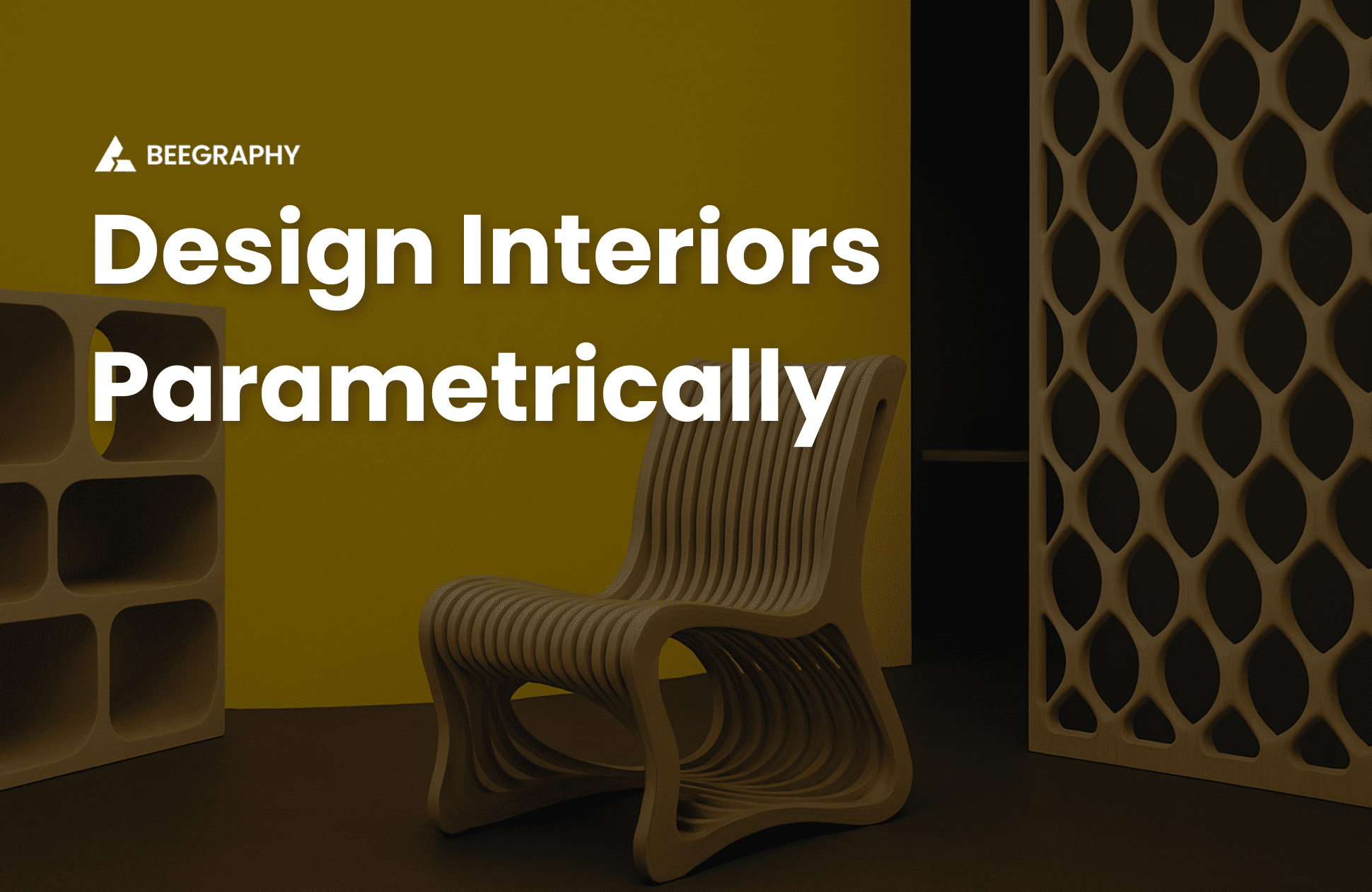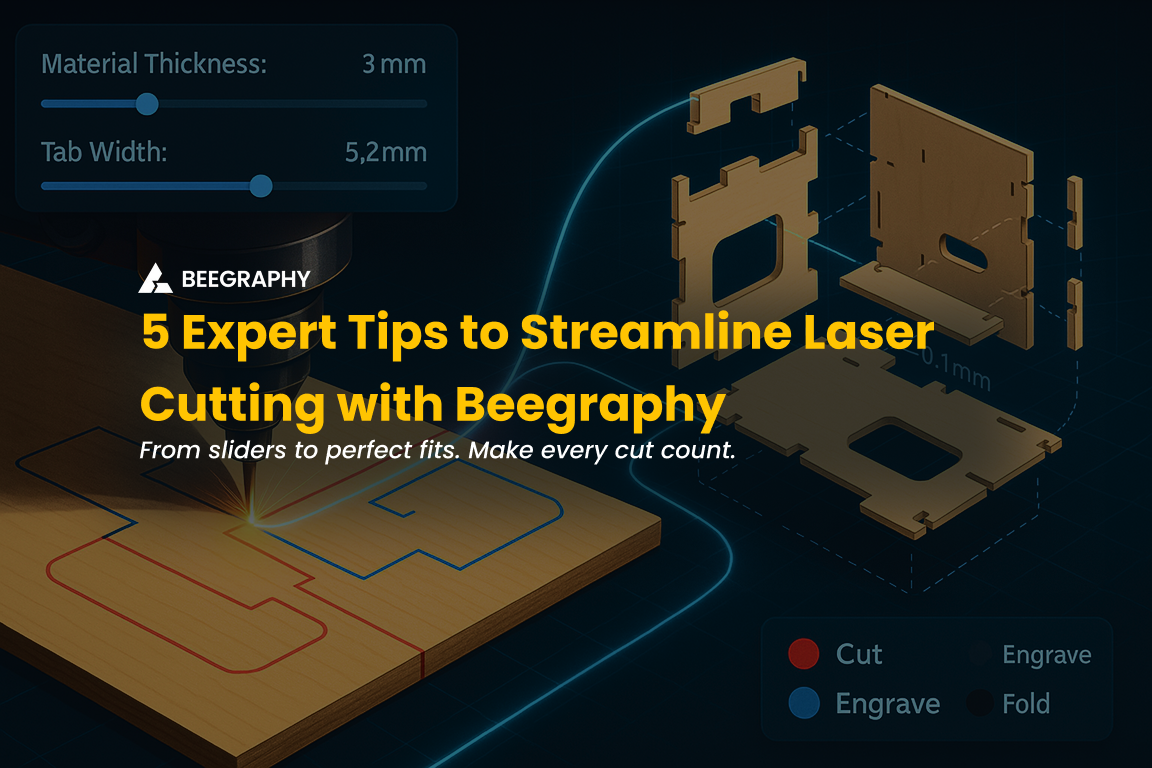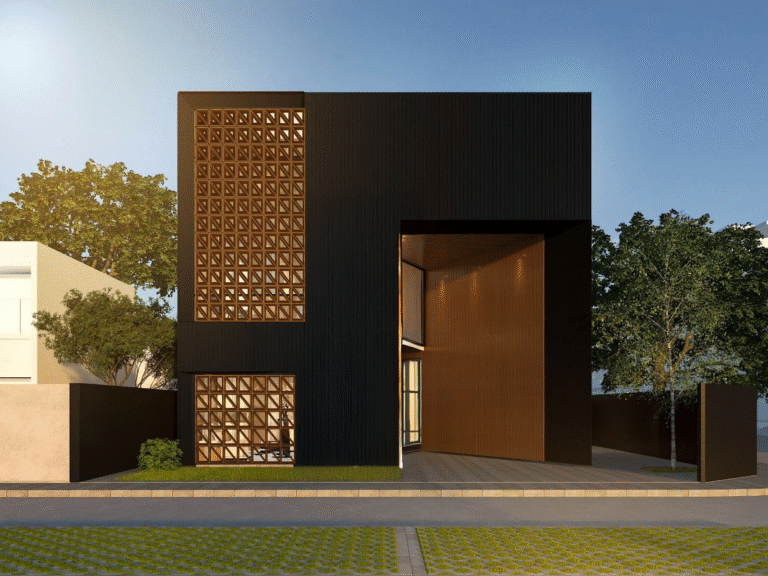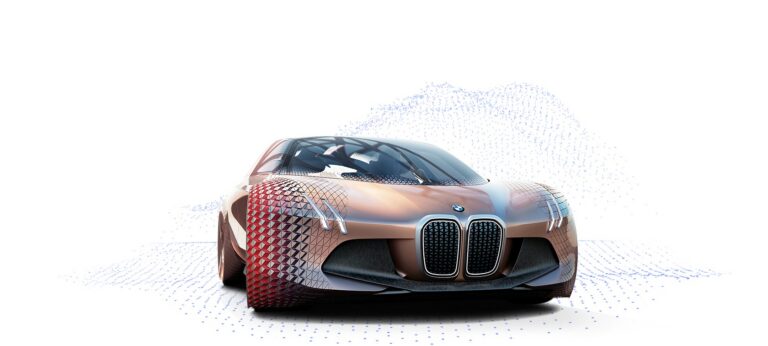Table of Contents
Walk into any modern workspace, hotel lobby, or compact apartment today, and you’ll notice something subtle but powerful: the space responds. Light shifts with movement. Walls offer more than privacy. Furniture flexes to the task at hand. For boutique studios and lean design firms, creating these kinds of adaptive environments used to be reserved for high-end custom budgets and large teams.
But expectations have shifted.
Clients now demand more flexibility, faster turnaround, and smarter use of space, all while staying within budget. And the tools designers use haven’t always kept up. Manual drafting, fragmented revisions, and rigid templates can make creativity feel like a constraint, not a freedom.
This is where parametric design begins to make sense, not as a futuristic concept, but as a very present-day solution.
How Parametric Design Turns Interior Projects into Flexible Systems
What if your design process could mirror the adaptability your clients now expect from spaces? That’s exactly what parametric modeling makes possible. It’s not about drawing faster, it’s about designing systems that respond.
By embedding parameters like spatial flow, height, materials, and user behavior into your design model, you’re no longer drawing fixed outcomes. You’re defining flexible rules.
This logic-driven approach is unlocking three key shifts in how design studios operate:
- Adaptive Design That Fits Every Context
A boutique hotel needs a feature wall that reflects brand identity. A co-working space needs it to control acoustics. A retail chain needs 12 variations across different stores, all in different sizes.
Instead of redrawing each version, parametric design lets you define a single logic-based system. You set the rules, finishes, perforation density, lighting interaction, and the model adapts to the context. What once took hours now regenerates in moments.
Customization doesn’t have to be a luxury anymore. With parametric tools, it becomes a scalable design asset.
- A Workflow That Moves as Fast as Your Projects
Change is the only constant in interior projects. Clients shift requirements. Teams iterate. Site conditions surprise you.
With parametric modeling, those changes aren’t a setback; they’re part of the system. When a parameter shifts, the entire model recalculates, updates, and redraws itself. No manual edits. No missed dependencies.
Drawings stay accurate. Material quantities update instantly. Fabrication outputs adjust in real-time. It’s not about working faster, it’s about eliminating the need to redo. - Efficiency That Scales with Small Teams
This is perhaps the most transformational shift for small studios and independent practices.
With logic-driven systems, a solo designer or a compact team can now deliver outcomes that used to require large design departments. Instead of redrawing for every context, you build once and reuse intelligently. Whether it’s partitions, furniture, or full-fit out kits, your design logic becomes a repeatable asset.
What’s more, generative tools can work within your parameters to offer smart variations, almost like a silent collaborator pushing creative boundaries while still respecting your original brief. This means even lean teams can compete on complexity, customization, and speed, without increasing working hours or overhead.

A Side-by-Side Comparison Highlighting Why Parametric Design Outperforms Traditional Methods.
Design Smarter Interiors: Adaptive Walls and Furniture with Parametric Design
Walls and furniture are no longer just containers and props. They’re active agents in shaping how a space feels and functions. Parametric modeling lets you design them as responsive, performative systems.
Walls That Think
From sound regulation to daylight diffusion, today’s walls do more. Parametric tools allow you to embed intelligent behaviors directly into your wall systems:
- Increase density where acoustic control is needed
- Use perforations to guide airflow and light
- Vary geometry to reflect circulation or zoning
- Swap finishes dynamically based on mood or brand
You’re not just designing surfaces, you’re building flexible infrastructure that adapts to spatial behavior.
Furniture That Evolves
Furniture defines the user experience. Parametric logic helps it respond:
- A shelving system that hugs irregular walls
- Tables that reconfigure for different team sizes
- Modular seating that adjusts to movement data
With fabrication-ready outputs, these systems don’t stay conceptual. They’re ready for CNC or digital production, ideal when you’re scaling across multiple projects or clients.
Smart and Scalable Parametric Design: Made Easy with BeeGraphy
While the potential of parametric design is clear, many interior and furniture studios hit the same roadblock: traditional parametric tools weren’t built for them. Most are code-heavy, architecturally skewed, or tailored for advanced scripting, not for the fast-paced, hands-on workflows of interior designers.
BeeGraphy changes that equation.
It’s a cloud-based parametric modeling platform designed specifically for designers who want the power of logic-driven design without needing to code. With BeeGraphy, parametric modeling becomes visual, interactive, and immediately applicable to interior and furniture projects.
Here’s what sets BeeGraphy apart:
- Visual Logic Building
You define design parameters, such as dimensions, perforation density, material rules, or ergonomic constraints, through a drag-and-drop interface. No coding. Just pure design thinking translated into logic.
- Interactive Models for Client Collaboration
Share parametric models that clients can interact with. They can adjust finishes, dimensions, or configurations in real-time, while the underlying design rules keep everything structurally and aesthetically aligned.
- Live Pricing & Design Feedback
As changes are made, BeeGraphy dynamically updates pricing and materials. You get immediate feedback on feasibility, cost, and fabrication readiness, making budget alignment part of the design conversation, not a separate phase.
- Direct to Fabrication
Once your model is finalised, export CNC-ready files or generate digital manufacturing outputs instantly. Whether you’re producing one custom wall or deploying a modular furniture collection, BeeGraphy helps you go from design to delivery without extra software layers.
- Built for Scaling Design Systems
BeeGraphy shines in systemized workflows. If you’re designing a shelving unit that adjusts to wall conditions across different stores or an acoustic wall panel that responds to spatial data, BeeGraphy lets you generate all those variations from a single logic-based model.
In short, it’s not just a design tool; it’s a full parametric workflow platform tailored for how interior and furniture designers actually work.
Whether you’re exploring spatial logic, delivering high-mix custom orders, or developing product lines across multiple sites, BeeGraphy helps bring consistency, speed, and creativity into your process, all without sacrificing control.
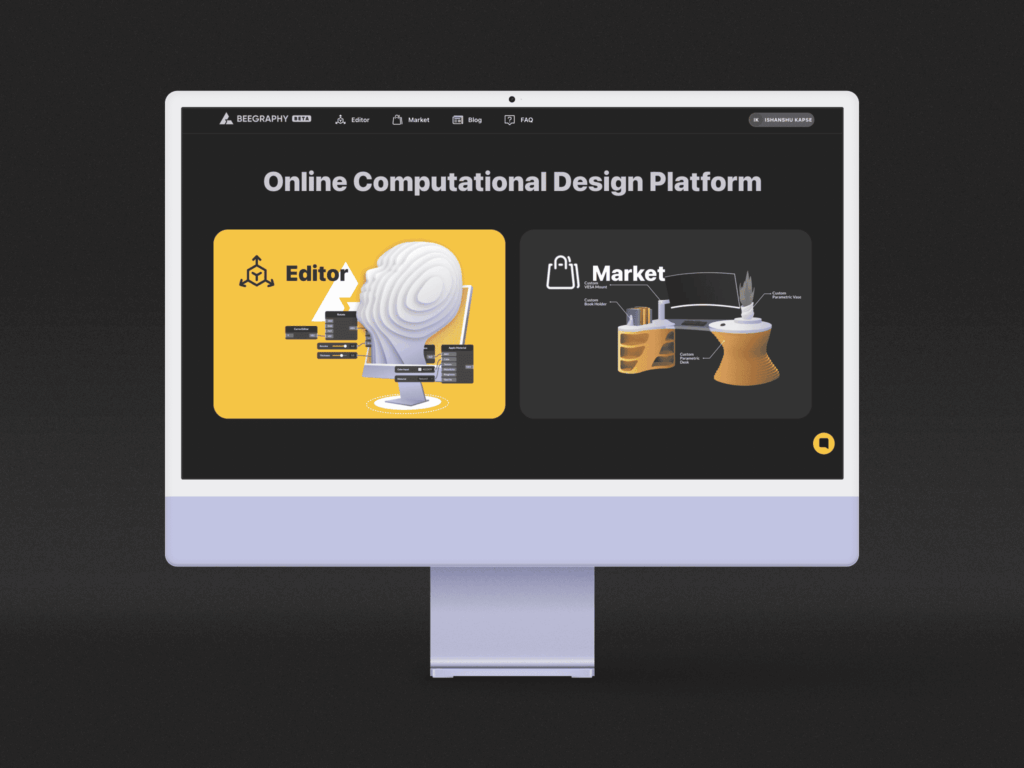
Explore, design, and customize with Beegraphy’s computational Editor and product Marketplace, all in one platform.
Unlock New Possibilities with Parametric Design
Parametric design opens the door to new ways of thinking about space, detail, and user experience. It’s more than just automation; it’s about creating adaptable, precise, and meaningful interiors that respond to real needs.
For small and mid-sized studios, parametric workflows offer the power to personalize projects at scale, iterate quickly, and build design systems that save time and reduce errors. You don’t need a larger team, just the right approach.
Embracing parametric design transforms your creative process and equips your studio to meet today’s evolving demands with clarity and confidence.
Now is the moment to unlock these possibilities and elevate the way you design with BeeGraphy.


